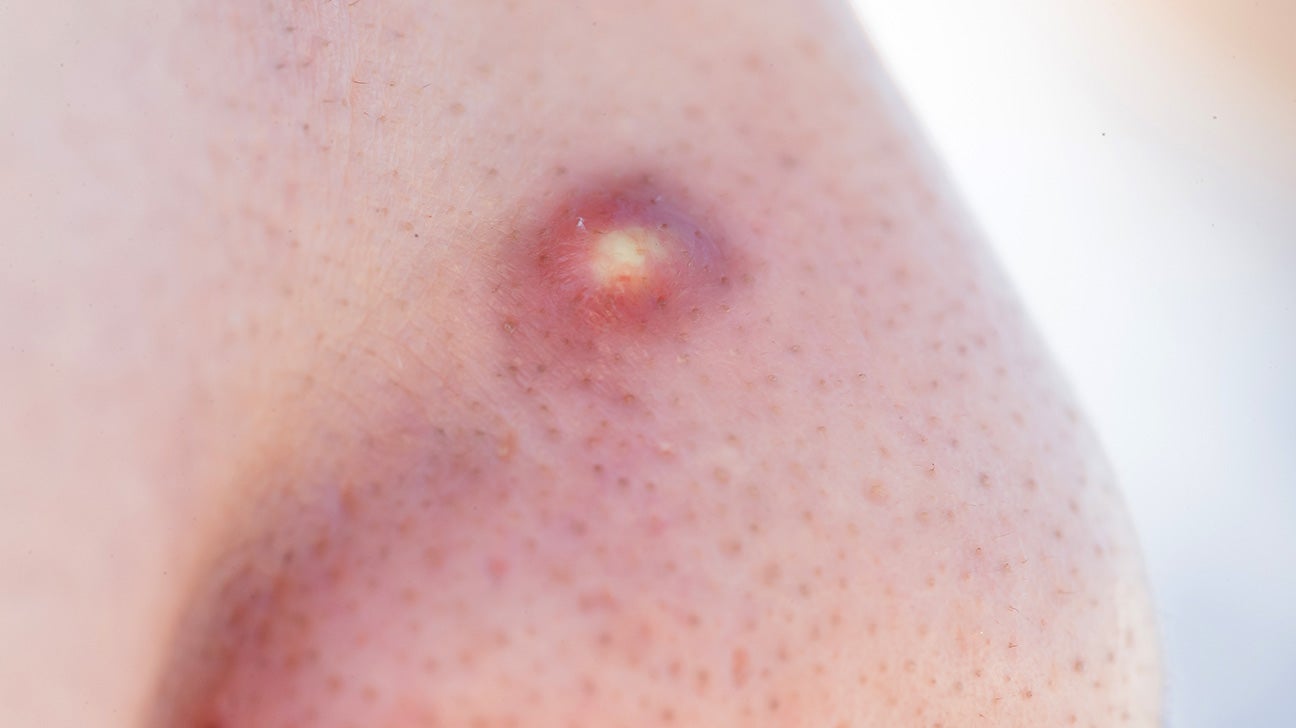

Sunburnt skin will change colour within 2 to 6 hours of being burnt and the colour change will continue to develop for up to 72 hours. broken blisters that peel to reveal even more tender skin beneath.fluid-filled blisters that may itch and eventually pop or break.changes in skin colour, ranging from pink to red and even purple.From May to mid-August, UV levels are usually low (below 3), so sun protection is not required, unless in high altitudes or near UV reflective surfaces such as snow. In Victoria, UV levels are typically 3 and above from mid-August to the end of April. You can find these times on the SunSmart app or widget, or at the Bureau of Meteorology website. To prevent sunburn and skin damage, use a combination of sun protection measures during the sun protection times each day (when the UV levels are forecast to reach 3 or higher). This is why prevention is very important. DNA in cells may be damaged, and, if not repaired by the body repeatedly over time, abnormal cells may develop, leading to cancer. The long-term effects of repeated bouts of sunburn include premature wrinkling and an increased risk of skin cancer, including melanoma (the most dangerous type of skin cancer). Mild sunburn can be treated at home, but severe and blistered sunburn requires prompt medical attention. Sunburn will become worse with more exposure to UV rays. It will continue to develop for the next 24 to 72 hours and, depending on the severity, can take days or weeks to heal. The signs of sunburn can start to appear in as little as 11 minutes and skin can turn red within 2 to 6 hours of being burnt. It can damage your skin even on cool, cloudy days. You can see sunlight and feel heat (infrared radiation), but you can't see or feel UV radiation. Sunburn is the skin's reaction to too much exposure to ultraviolet (UV) radiation from the sun.


 0 kommentar(er)
0 kommentar(er)
